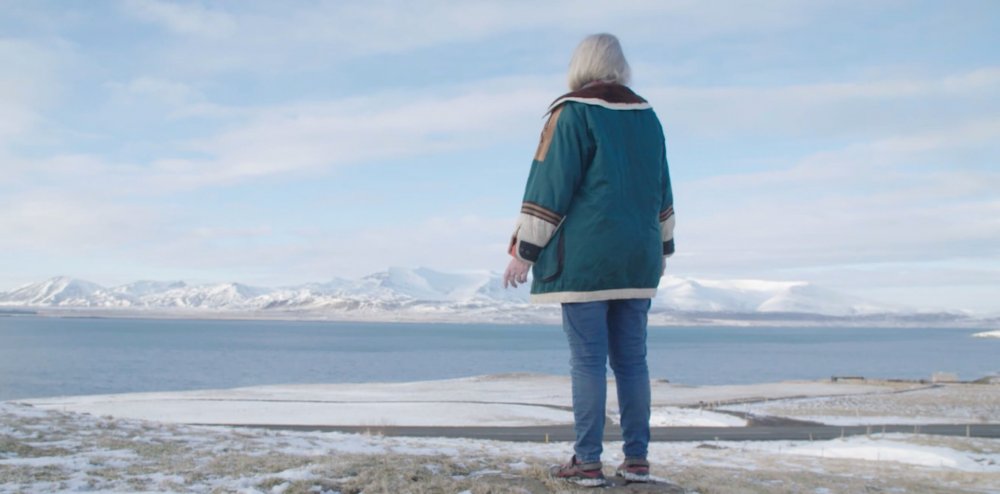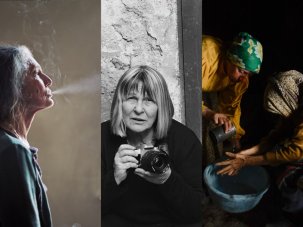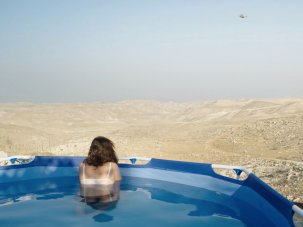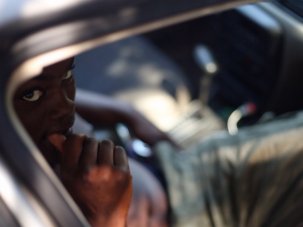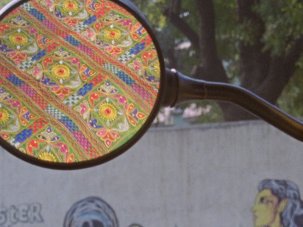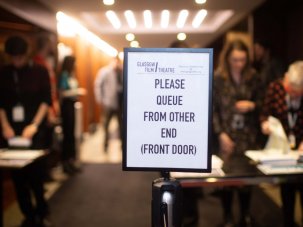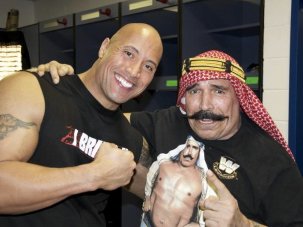The 26th Hot Docs Festival ran 25 April–5 May 2019 in Toronto, Canada.
On the President’s Orders and American Factory screen at Sheffield Doc/Fest, running 6-11 June 2019.
Based in Toronto, and benefitting from one of the world’s only documentary cinemas (the huge 700-seat Hot Docs Ted Rogers), Hot Docs is the biggest documentary festival in North America. Its size, with around 200 feature-length documentaries in the programme, means all kinds of nonfiction storytelling can be explored and all tastes are served.
The festival’s name originated decades ago from a term for the documentaries deemed too ‘hot’ for broadcast networks to produce, due to their controversial content or irregular form. But beyond the content and unconventional structures, what are the politics of the form and the implications of how a story is expressed?
At the beginning of Rodney Ascher’s new film The El Duce Tapes, a quote from D.W. Griffith’s Birth of a Nation sets the tone. “We do not fear censorship, for we have no wish to offend with improprieties or obscenities, but we do demand, as a right, the liberty to show the dark side of wrong, that we may illuminate the bright side of virtue – the same liberty that is conceded to the art of the written word.”
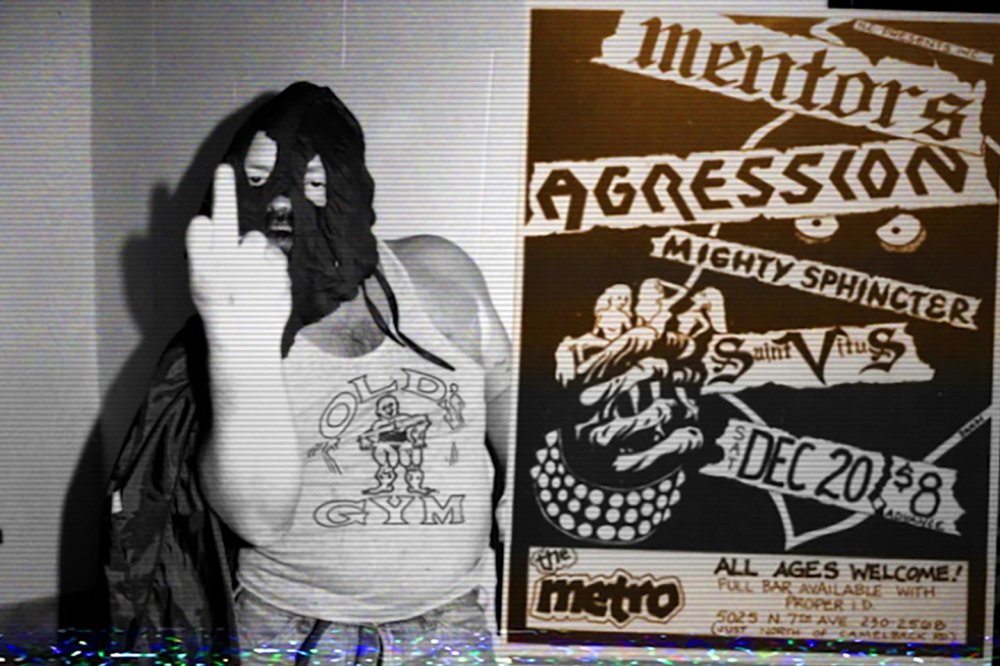
The El Duce Tapes
In Ascher’s film this is effectively a disclaimer, a sorry-not-sorry platform from which we dive into the world of El Duce and his ‘rape rock’. Eldon Wayne Hoke was in an unsuccessful jazz-fusion band which he transformed into a ‘male chauvinist rock band’ that punctured the government-enforced conservative conformity of the 1980s. El Duce himself is a pre-internet troll of sorts: a figure who upset people for entertainment, claiming that women should “suck, fuck, cook and clean” and quipping to a rape survivor on The Jerry Springer show: “I thought I recognised you.” He gurns, slurps, blows raspberries and does his best to embody the obscene.
The film presents his legacy in binary terms, and as a result the viewer must take sides – are you with the rockers, or are you the voice of moral panic? Ascher’s film operates at the intersection of transgression and populism: it offers El Duce’s brand of taboo-breaking as a plain-speaking vulgarity (the word vulgar being rooted in the Latin for ‘common people’), but his fantasies about offending the politically correct materialise as jokes at the expense of the weak and already isolated. In a world where populism provides a platform for people to divide and rule, the form of this film and its redemptive narrative arc is problematic, as El Duce’s ‘art’ doesn’t account for the people whose values are galvanised by his words.
Borders are broken down, however, in the form of Alex Rivera and Cristina Ibarra’s docudrama The Infiltrators, as the film’s structure aspires to mirror the actions of its subjects. Flowing between dramatic reconstruction and actual interviews with the actual people involved, it focuses on the National Immigrant Youth Alliance, a group of young, undocumented people in America who take it upon themselves to penetrate the prison-like system of detention centres, where people without papers are detained for years. “No papers, no fear,” is their chant, and they make their statement a reality.
The Infiltrators trailer
The use of dramatisation in The Infiltrators is not new, but works so powerfully that it raises the question: what language does documentary need to use to engage audiences? The film cleverly adopts the form of a totally gripping thriller – but is also charmingly rough around the edges, evoking its subjects’ DIY approach to activism.
Nuno Escudeiro’s The Valley offers a rare insight into some more activism: the villagers on the French-Italian border organising themselves to assist the passage of refugees. In a climate of mistrust and conservative prejudices about refugees in Europe it is encouraging to witness everyday people educating themselves on the law and how to get asylum-seekers past the border. As one remarks, “Increase the retirement age by six months and you’ll have thre million people protesting, but nothing for this.”
The Valley trailer
“The pearl of France is happy to welcome you,” reads a sign, but the implicit hostility simmers beneath. As the film’s content is dictated by the shifting laws surrounding the borders, the filmmakers are subject to the whim of ambiguous laws twisted by authorities to scare people offering help. “This is not normal; we should never get used to it,” says Cedric, a local who is in and out of police custody frequently as a result of his humanitarian acts. A shot of an arbitrary gate with no fence on the path to a hillside home is a perfect metaphor for the border.
James Jones and Olivier Sarbil’s On the President’s Orders takes a similar approach to The Infiltrators, transforming President Duterte’s brutal war against drugs in the Philippines into a slick Manilla thriller. With cool gangster youths, police in skull masks and a funeral director waiting for his next job, it’s an exciting, beautifully shot film, although sadly one that fails to get to know its subjects.
On the President’s Orders trailer
What differentiates it from The Infiltrators is the distance. Both are performative and apply a fictionalising dynamic to excite the action, but On the President’s Orders has an impenetrable veneer. It will no doubt appeal to a broad audience, though, as it has all the ingredients of a blockbuster doc: the reality is brutal but it looks cool. And in that coolness resides the detachment.
By contrast, the care taken in Sara Dosa’s The Seer and the Unseen is on another level. The setting is Iceland and the protagonist is Ragga, a woman who has seen elves since she was a child. She acts as a consultant for locals who are planning to build extensions on their land: her job is to ask permission from the invisible spirits. She is also an environmental activist, who convinces the mayor to protect a lava formation that she identifies as an elf chapel. Director Dosa doesn’t mine the subject matter for ridicule; instead she frames the story and the landscape with reference to the Vikings, and their understanding that the path to survival was befriending the spirits of the land. Many Icelandic people still retain this deep belief in the unseen.
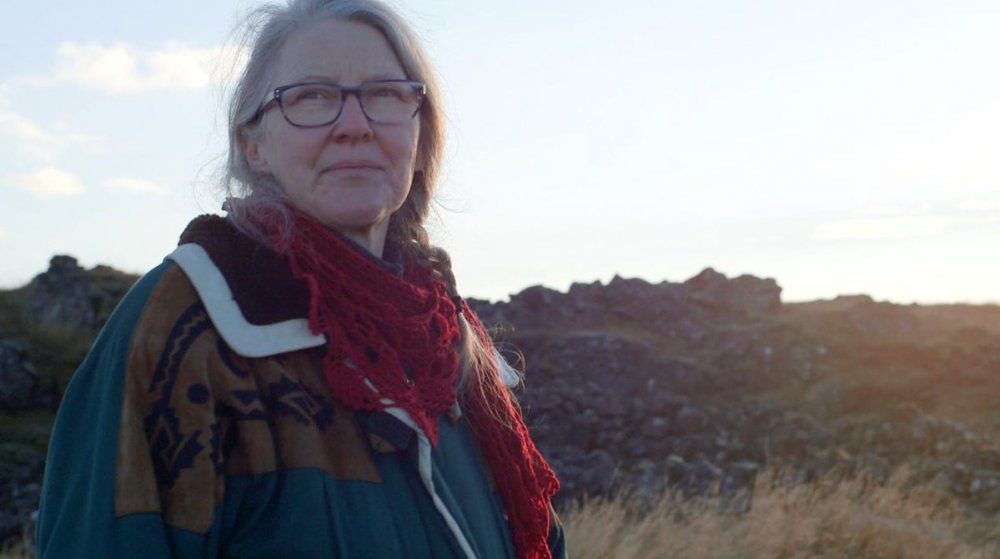
The Seer and the Unseen
In this country where, following the 2008 financial crisis, “the invisible hand of the free market has turned into an invisible guillotine,” many questions hover in the air. “I hardly ever see money,” Ragga says, “but I see a lot of elves.” The recklessness of neoliberalism is destroying communities and our global future, but perhaps the appreciation for the unseen has made Icelandic people more active in demanding transparency in the politics that dictate our future.
The visible hand of Mads Brügger becomes a performative feat as he stars in his own sleuth doc, Cold Case Hammarskjöld. Hunting for the truth about the 1961 death of politician Dag Hammarskjöld, who died when his plane crashed in a field in what was then Rhodesia, Brügger uses every device to hand, from getting into character and dabbling with red herrings to attempted site digs.
Cold Case Hammarskjöld trailer
The film plays out like a breathtaking card trick, with Brügger, like the best conjurors, holding the ace of spades from the beginning. The implications of his stylistic and structural choices reveal a mastery of the arts of storytelling. His detective work is laid out with the precision of a science test and his uniform alternates between a colonial white get-up, evoking the story’s villain, and an FBI-style navy suit – both dress codes illuminating his nerdy enthusiasm and his investment in the drama of the story. He plays with power dynamics and evokes the “tentacles of old colonial power”, which is the real force of evil at play. Brügger knows what he’s doing, and his transparency in the structural artifice is thrilling.
Julia Reichert and Steven Bognar’s American Factory tells a story driven by neoliberalism. When a car factory in Dayton, Ohio closed down in 2008, it left many people unemployed and in crisis. But when Chinese company Fuyao bought the building to transform it into a glass-making factory, there was suddenly a glimmer of hope. What unravels in this film is a sensitively orchestrated symphony of clashing economic demands, beliefs and values. It witnesses humanity stretched to breaking point under the cold hand of capitalism. With bold orchestral compositions, the soundtrack lays the groundwork for the industrious designs and intentions of the Chinese company as they embark on an adventure into untested territory – managing an American factory predominantly staffed by Americans.
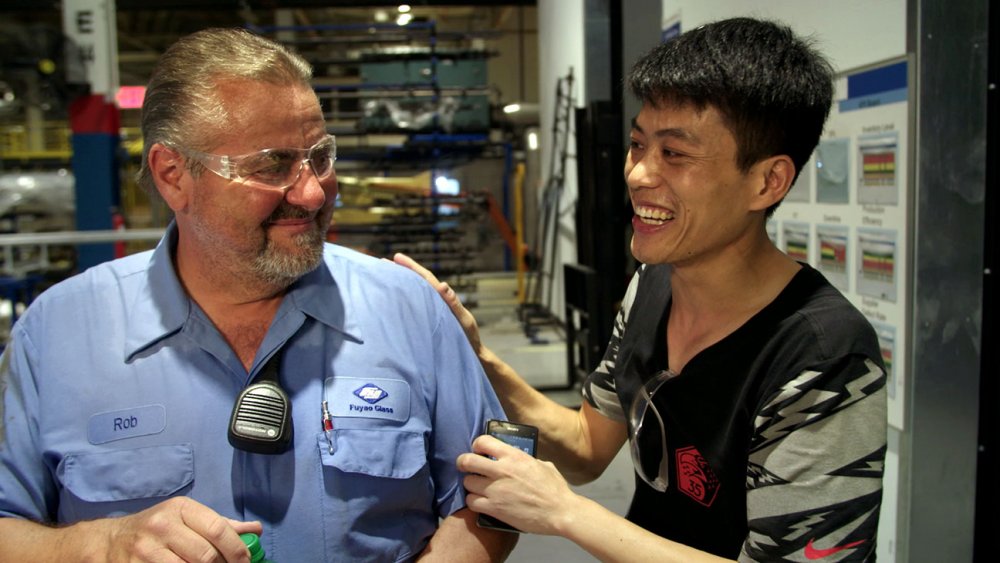
American Factory
Many humorous and awkward moments unfold as local politics and union values clash with the economic structures of the Chinese chairman. “Can we force them to work overtime?” he asks. Because in China, it’s mandatory. Ideas about how to approach the Americans are delivered in lectures. “They are very obvious. They avoid abstraction and theory in their daily lives.”
The Americans employed by Fuyao earn significantly less than they did in the factory’s previous incarnation and safety is not prioritised, which leads to serious accidents. The American management representatives visit China, visibly both baffled and moved by portrayals of the happy, productive factory worker. Down on the shop floor, the Chinese employees detail their long hours and lengthy absences from their families.
“Fuyao holds up a transparent world,” runs the slogan, but the film reveals the yawning gap between productivity and happiness. Through patient observation Reichert and Bognar reveal the complexity of the situation with no short cuts or binary divides: there are grey areas and a lot of different factors to hold to account.
This year marked the 20th anniversary of the Hot Docs Pitching Forum, a two-day event where 20 filmmakers pitch projects at various stages in development, production or post-production. A selection of commissioning editors and funders for global broadcast networks parse the pitches for content relevant to them, and offer advice about the overall direction of the film. The event is in itself a hot ticket, because hearing the ways in which filmmakers express the story they want to tell, and the feedback from the platforms that might support them, is fascinating as an insight into the direction nonfiction may be heading. Meanwhile, the big elephants like Netflix and Amazon loomed silently off-stage.
The nonfiction industry is saturated with earnest, issue-driven content, to the point that one periodically hears decision-makers use phrases such as “climate change fatigue”. Factual information presented as narrative is not enough; nor are aesthetic triumphs without emotional depth. How can documentary defy the system and be radical in its voice? And what does documentary achieve by taking a radical form? The politics of how to tell a story are complex and require inspired alchemy, and their implications can make or break the system.
-
The Digital Edition and Archive quick link
Log in here to your digital edition and archive subscription, take a look at the packages on offer and buy a subscription.




